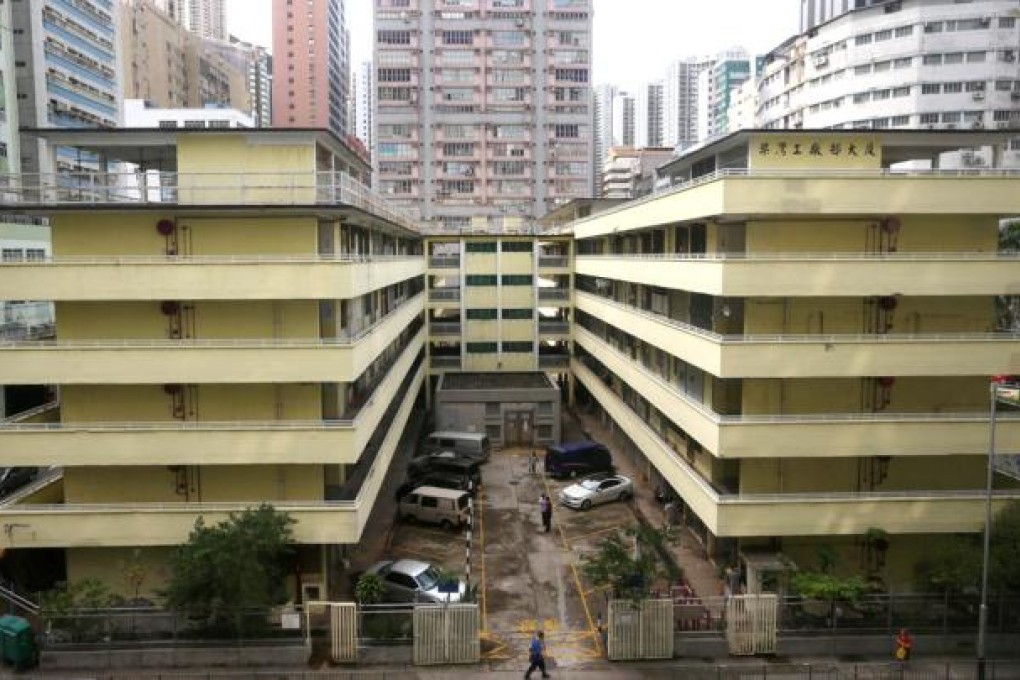U-turn on redevelopment of historic Chai Wan factory block

The government's change of heart to convert an historic factory resettlement building into public rental housing, rather than redevelop the site, reflects the urgent need to increase short-term housing supply.
The conversion plan for the 53-year-old Chai Wan Factory Estate is one of the short-term housing measures listed by Chief Executive Leung Chun-ying on Thursday. The decision surprised the property sector after the Housing Authority decided last year to knock the block down.
Now the building near Chai Wan MTR will be converted into 180 studio flats or one-bedroom units for single applicants or small families. Work will start in the middle of next year.
The revised plan is likely to please conservationists who had earlier called for the building to be saved - the wider public had yet to be alerted to the redevelopment threat.
The H-shaped flattened factory block is the last of its kind and was built under a government resettlement programme after the fire that broke out in the Shek Kip Mei squatter area on Christmas night in 1953. The resettlement programme delivered 22 factory estates between 1957 and 1975 to reaccommodate small factories cleared in squatter areas. Chai Wan was the second-oldest.
They were all located near resettlement housing, for the convenience of factory workers.